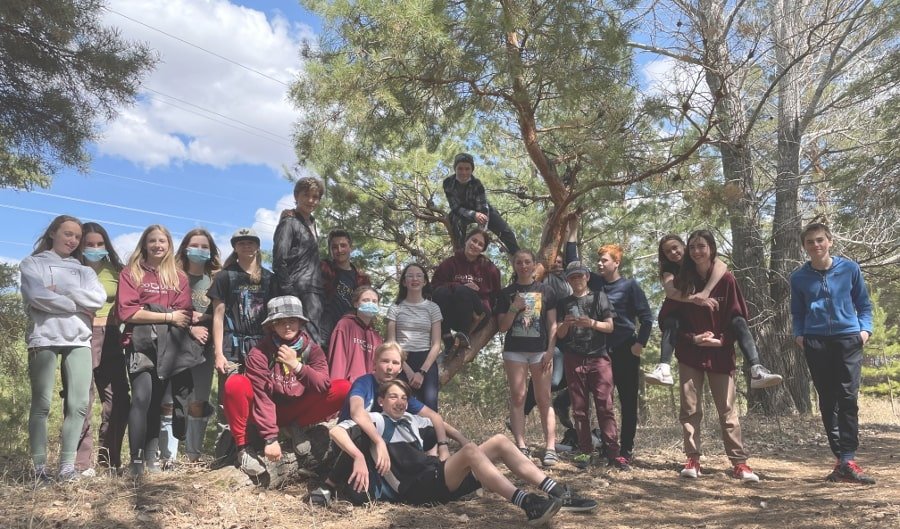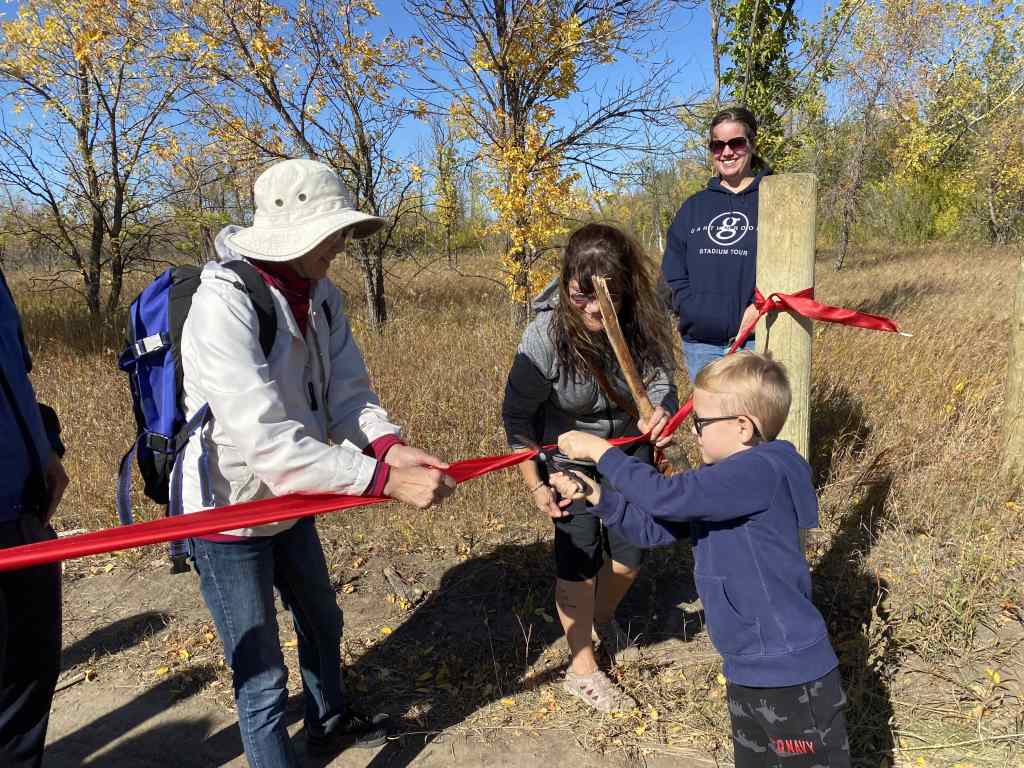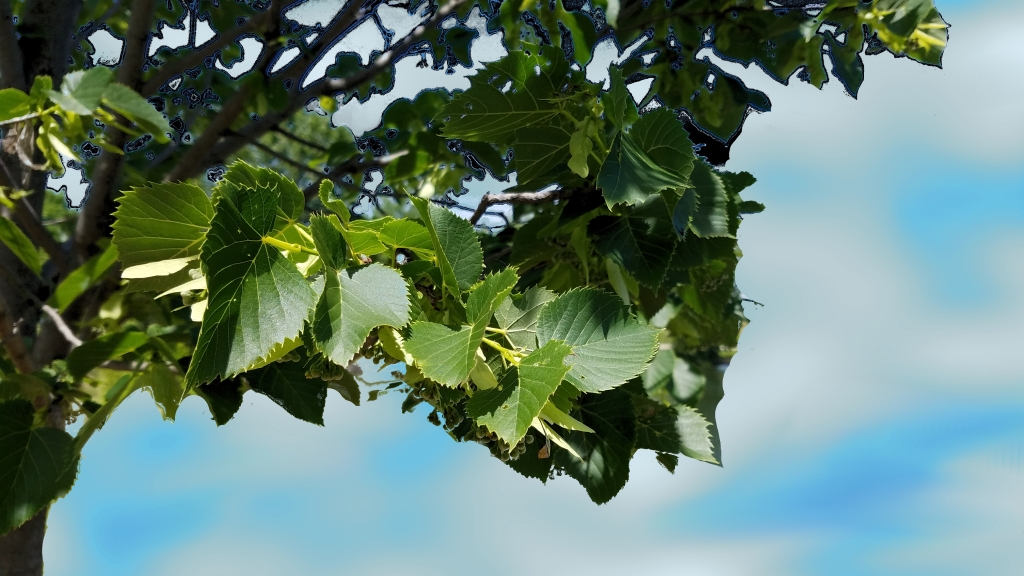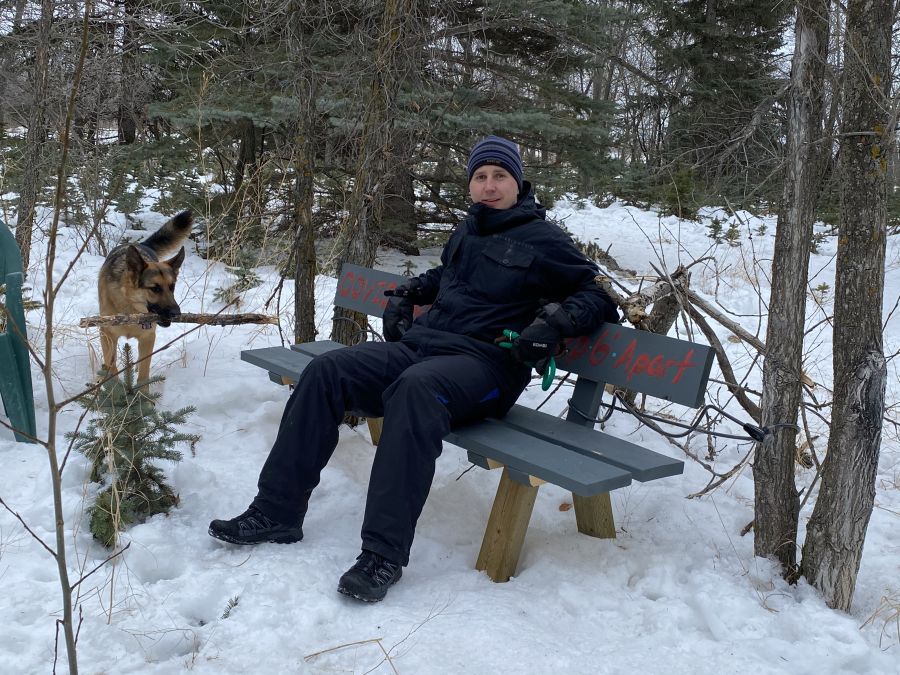In Appreciation of Montgomery Place for support


Montgomery Place: Where Remembrance and Environmentalism Meet
The Montgomery Place Community Association has been a steadfast ally in the preservation of history and the promotion of community engagement. In a gesture of kindness and support, they have offered to help spread awareness about the Saskatoon City Nature Challenge CNC YXE 2024 through their Facebook page, website, and a poster in their newsletter!
The Montgomery Place neighborhood, situated near the Richard St. Barbe Baker Afforestation Area and the George Genereux Urban Regional Park, has a rich history. Founded post-World War II, it serves as a poignant example of the Veterans Land Act subdivision, showcasing the benefits provided to veterans through government assistance. This community has adopted these greenspaces into their Local Area Plan, emphasizing their commitment to the preservation of natural environments.
Montgomery Place’s designation as a National Historic Site is a testament to its significance in illustrating the Veterans Land Act communities established after the Second World War. The community remains deeply connected to its origins, with street names, signage, memorials, and Remembrance Day services honoring the sacrifices made by veterans.
The Montgomery Place Community Association’s support for the City Nature Challenge reflects their dedication to the environment and community engagement. Their commitment to preserving history and fostering a sense of community underscores their pivotal role in honoring Canada’s military heritage and contributing to the local community’s vitality and identity.
The City Nature Challenge is an annual event that encourages people around the world to explore and document the biodiversity in their cities. By participating, individuals contribute valuable data to the global scientific community, helping researchers better understand and protect urban ecosystems.
Montgomery Place’s willingness to assist in promoting the City Nature Challenge underscores their dedication to fostering community engagement and environmental awareness. Their support is a testament to the power of collaboration and the importance of local institutions in driving positive change.
Thank you, Montgomery Place Community Association, for your ongoing support of community initiatives like the City Nature Challenge. Your generosity in sharing information about this event demonstrates your commitment to environmental awareness and community engagement. We are grateful for your efforts to make a positive impact on our community and the world.
Montgomery Place: Where Every Step is a Tribute to the Past and a Promise to the Future
City Nature Challenge April 26-29
For directions as to how to drive to “George Genereux” Urban Regional Park
For directions on how to drive to Richard St. Barbe Baker Afforestation Area
For more information:
NEW P4G District Official Community Plan
Richard St. Barbe Baker Afforestation Area is located in Saskatoon, Saskatchewan, Canada north of Cedar Villa Road, within city limits, in the furthest south west area of the city. 52° 06′ 106° 45′
Addresses:
Part SE 23-36-6 – Afforestation Area – 241 Township Road 362-A
Part SE 23-36-6 – SW Off-Leash Recreation Area (Richard St. Barbe Baker Afforestation Area ) – 355 Township Road 362-A
S ½ 22-36-6 Richard St. Barbe Baker Afforestation Area (West of SW OLRA) – 467 Township Road 362-A
NE 21-36-6 “George Genereux” Afforestation Area – 133 Range Road 3063
Wikimapia Map: type in Richard St. Barbe Baker Afforestation Area
Google Maps South West Off Leash area location pin at parking lot
Web page: https://stbarbebaker.wordpress.com
Where is the Richard St. Barbe Baker Afforestation Area? with map
Where is the George Genereux Urban Regional Park (Afforestation Area)?with map
Blogger: FriendsAfforestation
Tumblr friendsafforestation.tumblr.comFacebook Group Page: Users of the George Genereux Urban Regional Park
Facebook: StBarbeBaker Afforestation Area
Facebook for the non profit Charity Friends of the Saskatoon Afforestation Areas Inc. FriendsAreas
Facebook group page : Users of the St Barbe Baker Afforestation Area
Twitter: St Barbe Baker Charity Twitter:FriendsAreas
Please help protect / enhance your afforestation areas, please contact the Friends of the Saskatoon Afforestation Areas Inc. (e-mail / e-transfers )
Donate your old vehicle, here’s how!
Support using Canada Helps
Support via a recycling bottle donation
United Nations Decade on Ecosystem Restoration
- Use the UN Decade’s Visual Identity
- Make it your own
- Spread the word about the UN Decade
- Let’s Bring Back Forests
- Let’s Green Our Cities
““Be like a tree in pursuit of your cause. Stand firm, grip hard, thrust upward. Bend to the winds of heaven..”
Richard St. Barbe Baker

































